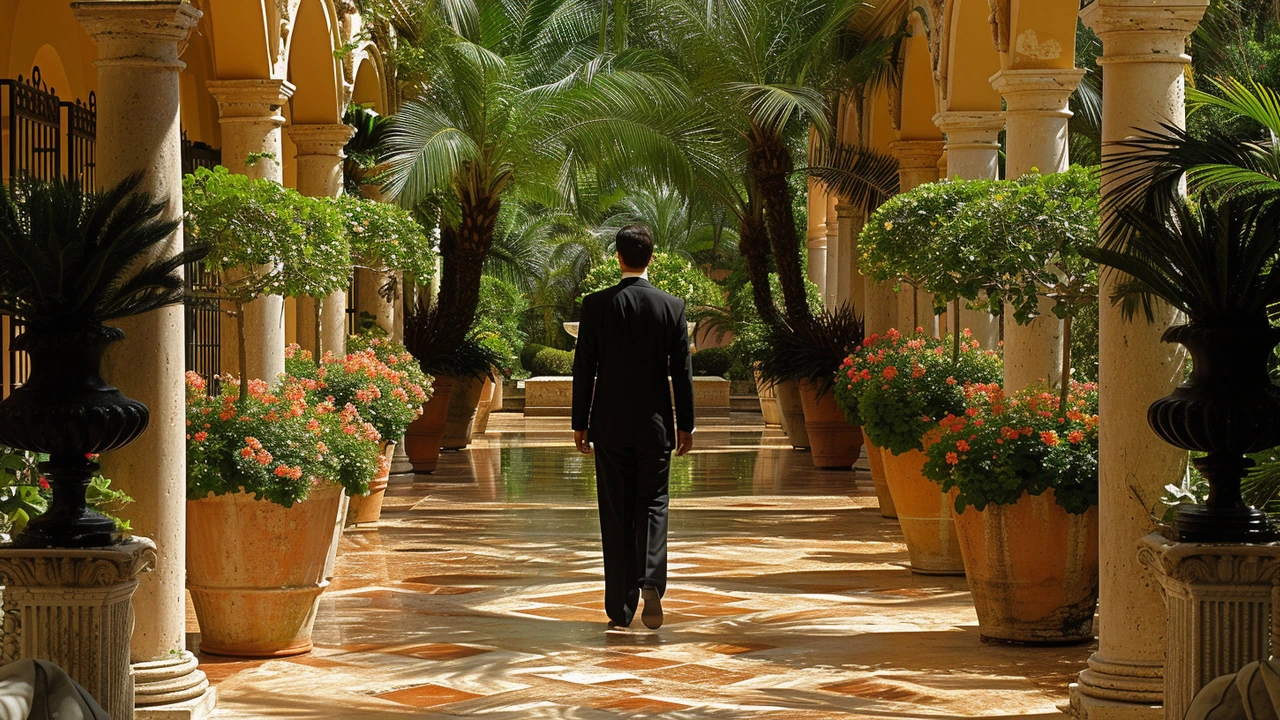Modern Times: a practical guide to modern art, design and city ideas
Modern movements shape the stuff around you—furniture, murals, parks, even the apps you use. This tag collects clear, useful articles that explain how styles like Bauhaus, Futurism, Constructivism, and Abstract Expressionism still affect design, cities, and everyday life.
If you want a quick path through the tag, start with pieces that explain core ideas: "Bauhaus Modernism" and "Bauhaus Design" show how simple forms changed homes and architecture. Read "Constructivism Art’s Influence" to see how art met politics and design. For mood and technique, the two Abstract Expressionism articles break down why the movement felt so raw and how that energy echoes today.
How to use these articles
Use them like a mini-course. Pick one movement, read its history article, then open a practical piece. For example, read "Bauhaus: Redefining Art and Design" then try the design tips in "Bauhaus Modernism". Want interiors? Check "Avant-Garde Home Décor" for real ideas you can try this weekend. Interested in public space? "Land Art’s Impact on Modern Urban Design" gives examples you can spot on a walk.
The tag also covers technique and craft. If you care about making art, "Photorealism Art" and "Top 10 Photorealism Artists" explain methods and show artists to study. If you prefer big, immersive works, the two installation art articles break down how installations work and how to experience them fully.
Practical tips to apply right now
Want a modern touch at home? Start small: swap one ornate piece for a clean-lined table inspired by Bauhaus ideas. Add one statement color or a geometric print to nod to De Stijl. For a bolder move, try an avant-garde accent—an oversized lamp or an unexpected sculpture to break routine.
Curious about cities? Look for land art or Futurism-influenced projects in local parks—many smart-city plans borrow Futurist ideas about tech and flow. When you visit a museum, try spotting influences: is a piece leaning on Fluxus playfulness, Expressionist emotion, or Primitivism’s raw forms? That habit quickly trains you to read modern art in daily life.
If you want reading order: start with broad overviews (Bauhaus, Cubism, Futurism), then move to focused pieces (Photorealism, Installation Art, Fluxus). Mix in cultural context like the Harlem Renaissance articles to see how modern movements connect to identity and community.
Questions while reading? Use the tags on articles to jump between theory, technique, and design advice. You’ll move from history to hands-on ideas without getting bogged down in jargon. That’s what Modern Times on Paul Artistry is for—helping you see and use modern art in the real world.

